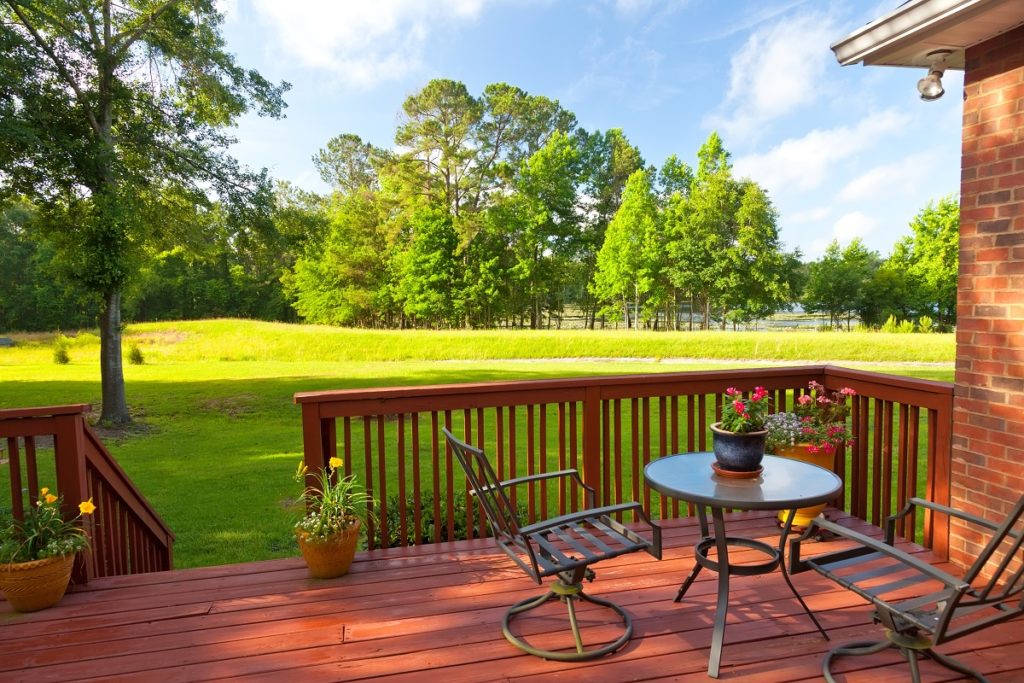With the world becoming increasingly aware of the importance of sustainability and the impacts of climate change, more and more people are interested in building efficient and environmentally friendly homes. Building a sustainable home is not only good for the environment, but it can also save you money in the long run. Here are six tips to help you get started on your journey to building a sustainable home.
Energy Efficiency Matters
Although making your home energy-efficient can seem daunting, there are many easy and cost-effective ways to reduce your home’s energy output. Simple things like adding insulation to the attic, windows, or exterior walls can help reduce heating costs. Modernizing appliances and using power strips or smart power strips to turn devices off at night will reduce electricity use.
Installing a programmable thermostat can help ensure that the heat is only used when needed instead of running all day. Additionally, replacing old lightbulbs with more efficient LED bulbs will save energy while providing adequate lighting in your home. Making small investments of time and money in energy efficiency can pay off in the future with lower bills and peace of mind about helping lessen environmental impact.
Go Solar
Investing in solar energy for your home is becoming increasingly popular, and for a good reason! It can save you money in the long term, it decreases your environmental footprint, and it allows you to be independent of traditional energy sources. Going solar does not require much effort, and the changes you make today will have long-term positive effects on the environment.
Suppose you want to minimize your energy bills and contribute to a green future. In that case, all while having an undisturbed, continuous electricity supply at home, switching to solar should definitely be something you consider!
Choose Eco-Friendly Materials

When constructing your home choose eco-friendly materials whenever possible such as sustainably sourced wood, recycled steel beams instead of concrete ones, cork flooring instead of vinyl flooring, etc., so you can reduce waste while still achieving a great result.
Additionally, look into passive house construction methods which focus on reducing air leakage from windows and doors and improving air quality within the home by using high insulation and ventilation systems with heat recovery capabilities.
It’s also crucial to invest in materials that will help you save on energy costs. For example, customized glass windows allow for better heat retention and insulation, which can help reduce your energy bills. Plus, it’s a great way to let natural light in, preventing you from using too much artificial lighting.
Go Natural with Your Landscaping
Natural landscaping is a sustainable practice that can help improve the environment. By using native plants and materials, you can reduce water consumption and avoid polluting our ecosystems.
Natural landscaping techniques also provide habitats for beneficial wildlife, support biodiversity, and increase your property’s value. If done correctly, natural landscaping has benefits beyond purely aesthetic reasons; you’ll save money in the long run due to reduced maintenance costs! Through thoughtful design and collaboration with experts, you can create an outdoor area that looks beautiful while being kind to the earth simultaneously.
Install Water-Saving Fixtures
Installing water-saving fixtures may seem like a daunting task. Still, it can actually be quite simple and result in considerable savings in the long run. Thanks to technological advancements in plumbing nowadays, replacing existing fixtures with high-efficiency ones is often as easy as unscrewing the old ones and screwing-in the new ones.
With reduced water usage comes less stress on your water bill and a more environmentally conscious household. In addition, to getting you one step closer to living your greenest life yet, many water providers even offer incentives such as rebates when selecting high-efficiency models. So next time you’re shopping for fixtures, remember to keep the environment and your wallet in mind.
Utilize Smart Technologies
Smart technologies such as programmable thermostats or smart lighting systems can come in handy when making your home more sustainable because they can help you optimize energy consumption without manually adjusting settings yourself every day.
You can also install motion sensors in certain areas, so lights automatically turn off when no one is present, saving electricity costs and unnecessary wastefulness due to outdated technology being left switched on all day long!
The Bottom Line
Building a sustainable home doesn’t have to be an overwhelming task; with just a few simple steps, you’ll be able to create an environmentally friendly space that saves you money over time!
From choosing eco-friendly materials during the construction process to installing smart technologies like programmable thermostats – there are plenty of options available for anyone looking to create a sustainable sanctuary at home! So don’t hesitate any longer – get started today!


